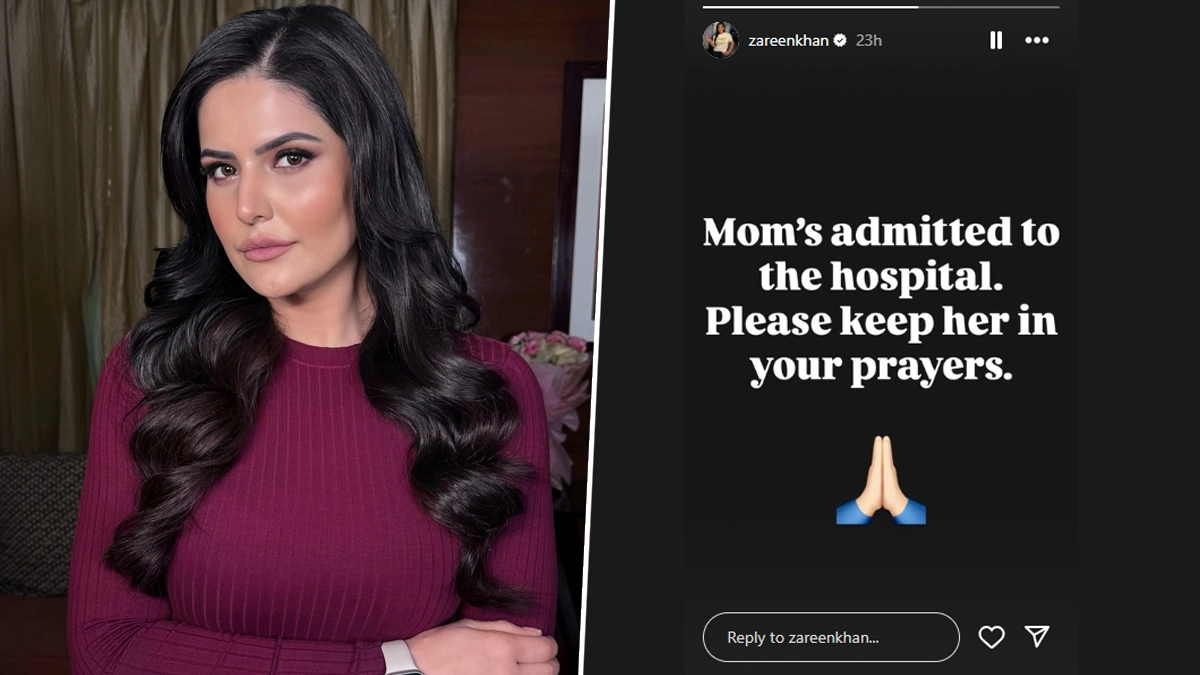Copyright STAT

Get your daily dose of health and medicine every weekday with STAT’s free newsletter Morning Rounds. Sign up here. A study published yesterday in JAMA Network Open found a link between household energy insecurity and depression and anxiety symptoms. As we careen towards winter, this rings a little too true. I live in a house that was built 135 years ago. In a fruitless attempt to heat this drafty space, my roommate and I hemorrhaged hundreds of dollars a month on our gas bill last year. Anxiety incoming! Advertisement What happens when SNAP benefits run out To put it simply: “People can die,” according to health economist Lindsay Allen. Starting this Saturday, millions of Americans are set to lose access to food benefits because of the government shutdown. At least 25 states have told Supplemental Nutrition Assistance Program recipients that they won’t receive checks in November. STAT’s Sarah Todd spoke with health care experts about the impact this will have on families. “People are going to go hungry very quickly,” Allen told her. “And then their health is going to deteriorate.” Read more on the risks that even temporary food insecurity can have — especially for people with chronic disease. Vaccinations go up when exemptions go down In the late 2010s and early 2020s, four states repealed legislation allowing nonmedical vaccine exemptions (such as abstaining for personal, philosophical, or religious reasons), while two states passed partial repeals. A study published yesterday in JAMA Pediatrics found that the total repeals in California, New York, Maine, and Connecticut were associated with increased rates of vaccination among kindergarteners, without any substantial increase in medical exemptions. Advertisement Across the four states, overall exemption rates dropped by 3.2 percentage points within three years. Compared with other states, vaccination rates rose around 3-4 percentage points each for the diphtheria-tetanus-acellular pertussis, hepatitis B, measles-mumps-rubella, and polio vaccines. States with partial repeals had smaller and less persistent vaccination increases. As anti-vaccine sentiment becomes more mainstream than ever, it’s hard to imagine most states successfully revoking vaccine exemptions today. In fact, Florida is about to become a case study of sorts for the opposite type of legislation. There, the surgeon general is ending vaccine mandates for shots preventing hepatitis B, chickenpox, and the bacteria that causes meningitis and pneumonia. The state legislature is expected to reverse school vaccine requirements for seven other diseases next year. How to figure out if leucovorin helps kids with autism Last month, the FDA announced that it would fast-track leucovorin as a potential autism therapy, specifically in relation to a condition called cerebral folate deficiency. Small clinical studies have demonstrated improvements in language, communication, and adaptive behavior among children with autism. “For families, this feels like long-overdue action,” professor and parent Srinivas Sridhar writes in a new First Opinion essay. But “for scientists, it’s an unsettling precedent.” There’s only so much we can learn from small studies. If the FDA is going to skip the traditional drug approval pathway for leucovorin, then Sridhar believes it must be replaced with an equally rigorous procedure. His suggestion: a national leucovorin-autism patient registry to track how the drug performs in real life. Similar registries have been established for cancer treatments, medical devices, and vaccines, Sridhar notes. Read more about the pros and cons of such a system. How a decades-old hunch unlocked cancer treatment Since the inception of cancer immunotherapy, most of the field has focused on T cells, the immune system’s specialized killers. But after a patient’s death during her medical residency in the ‘90s, Miriam Merad (above) became fascinated by macrophages, the immune cells often called the “gatekeepers” of the body’s immune response. STAT’s Angus Chen describes the cells like this: If each tissue in the body is like a garden, then macrophages are the gardeners. Advertisement In that metaphor, Merad is a gardening fanatic. Angus interviewed more than a dozen people who described her not only as a scientist with seminal contributions to macrophage and related cell biology, but as a force of nature who’s convincing researchers these cells are critically important to breaking boundaries in health and disease. These days, she’s one of a growing number of researchers who believe macrophages could make immunotherapies work for more people. And it’s not just cancer. Macrophages are a key topic for studying and potentially treating autoimmune, inflammatory, and aging related diseases like IBD or dementia. Read more from Angus about how Merad’s bold bet is starting to rewrite the rules of immunotherapy. 1 in 150 That’s the number of births in the U.S. that end in stillbirth (when a fetus dies at or after 20 weeks) each year, according to a study of commercial health insurance data published yesterday in JAMA. In low-income areas, the study found an even higher stillbirth rate of one in 112. For areas with a higher proportion of Black families than white families, the rate was one in 95. All of those numbers are higher than the CDC’s reported rate of one in 175 each year. Women gain more from exercise than men When following or exceeding weekly exercise recommendations, women in a new study saw bigger drops than men in their risk of developing coronary heart disease. The new research, published yesterday, analyzed wearables data from more than 85,000 UK Biobank participants. Women had a 22% lower risk of coronary heart disease if they logged 150 minutes per week of moderate to vigorous exercise. Men doing the same amount of exercise had a 17% lower risk. STAT’s Elizabeth Cooney has more details on the research, including this important context: Previous research has shown that more women than men fall short of their recommended physical activity minutes. That rang true in this study, too, where women fell behind men in exercise duration, intensity, and adherence to guidelines. Read more about what the data means for future exercise recommendations. Advertisement What we’re reading



